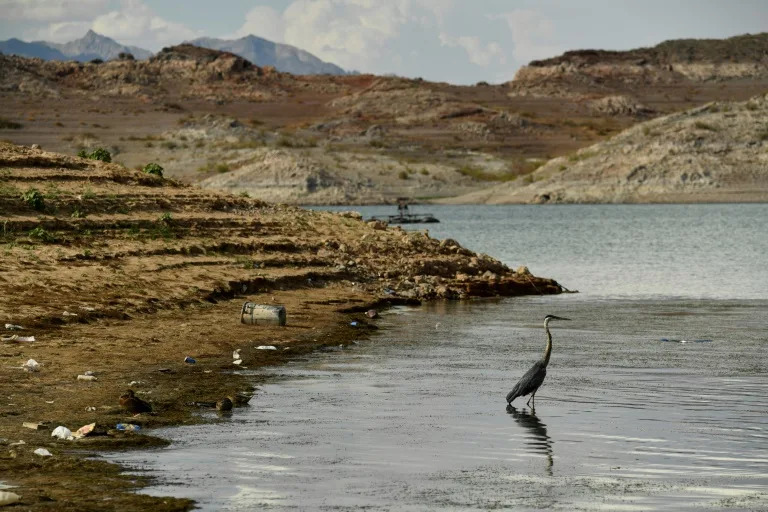Research Highlights:
- Among adults with sickle cell disease, bone marrow transplants halted or reversed damage to blood vessels in the brain, according to a new study.
- Comparing brain images before and after bone marrow transplantation, researchers noted improvements in blood vessels and brain tissue over time.
DALLAS, Feb. 2, 2023 — Bone marrow transplants prevented or improved blood vessel disease in the brains of adults with sickle cell disease, according to preliminary research to be presented at the American Stroke Association’s International Stroke Conference 2023. The meeting, to be held in person in Dallas and virtually Feb. 8-10, 2023, is a world premier meeting for researchers and clinicians dedicated to the science of stroke and brain health.
“Sickle cell disease is a group of inherited disorders caused by mutations in hemoglobin and is a major risk factor for stroke in children and adults. It causes abnormally shaped (sickled) red blood cells that interact with the inner lining of blood vessels and can lead to blockages in blood vessels,” said John K. Lynch, D.O., M.P.H., lead author of the study and an associate research physician in the Stroke Branch at the National Institute of Neurological Disorders and Stroke (NINDS), a division of the National Institutes of Health in Bethesda, Maryland.
“The two main brain blood vessel complications of sickle cell disease are vasculopathy – where some vessels may become enlarged like an aneurysm, or some vessels may narrow and block; silent brain injuries can occur throughout the brain as a result of vasculopathy,” Lynch said.
Abnormal narrowing or bulging of blood vessels in the brain may lead to stroke, a major cause of death and disability in children and adults with sickle cell. Bone marrow is found in the center of most bones and contains stem cells that may transform into red blood cells, white blood cells or platelets. Previous research on bone marrow transplantation in children has been shown to be helpful. In this study, researchers explored the impact of bone marrow transplantation on the development and progression of blood vessel irregularities in adults with sickle cell.
“We were surprised that bone marrow transplant reversed some of the changes in brain vessels. We thought that bone marrow transplantation would stop the changes from getting worse, however, we did not think it would reverse the changes,” Lynch said. “The focus of our study was to determine if receiving stem cell transplants may lead to positive changes in blood vessels in the brain among those with sickle cell disease.”
Researchers examined a National Institutes of Health study population of adults with sickle cell disease who had received bone marrow transplants between 2004 and 2019. The patients received pre- and post-op MRI/MRA imaging that was reviewed by two independent imaging professionals and were scored for narrowing vessels in eight arteries of the brain and for any presence of aneurysms. Researchers then compared changes in blood vessels before and after bone marrow transplantation in 87 people (58% men, average age 32 years), during a follow-up period of more than 3 years.
The study found:
- 28% of the people had evidence of blood vessel issues in the brain – 17% had narrowing vessels and 13% had bulging vessels that were present at the time of their bone marrow transplants.
- Comparing blood-vessel abnormalities before and after bone marrow transplantation, researchers noted none of the participants without vessel abnormalities developed narrowing or bulging after the transplant.
- A review of the brain imaging scans indicated that narrowing improved after the bone marrow transplant in 62% of patients with vessel abnormalities.
“Our study is unique in that we examined adults with sickle cell disease for a long period of time, and we were able to compare the differences in blood vessels and brain tissue over time,” Lynch said.
“We suspect that the reduction in the number of sickle cells and the improvement of the cells’ oxygen-carrying capacity led to a reduction in the number of strokes after bone marrow transplantation,” Lynch said.
Limitations of the study were that it did not include a comparison group of patients who did not receive bone-marrow transplants. In addition, some patients were followed for a short time while others were followed for longer periods. “We would need a more uniform follow-up time for all study participants to help us understand if it takes time for the vasculopathy to stop or get better, or if this happens quickly,” Lynch said.
“Our hope is that bone-marrow transplantation may be considered more often for people with sickle cell disease and that other less invasive and potentially life-saving treatments may be developed for people with sickle cell disease.”
Co-authors are Nathan Lightfoot, D.O.; Pranusha Pinna, D.O.; Nathan Bicher, M.D.; Matthew Hsieh, M.D.; Gina Norato, M.D.; and John F. Tisdale, M.D. Authors’ disclosures are listed in the abstract.
The study was funded by the National Institutes of Health’s National Institute of Neurological Disorders and Stroke (NINDS) and the National Heart, Lung, and Blood Institute (NHLBI), divisions of the National Institutes of Health.
Statements and conclusions of studies that are presented at the American Heart Association’s scientific meetings are solely those of the study authors and do not necessarily reflect the Association’s policy or position. The Association makes no representation or guarantee as to their accuracy or reliability. Abstracts presented at the Association’s scientific meetings are not peer-reviewed, rather, they are curated by independent review panels and are considered based on the potential to add to the diversity of scientific issues and views discussed at the meeting. The findings are considered preliminary until published as a full manuscript in a peer-reviewed scientific journal.
The Association receives funding primarily from individuals; foundations and corporations (including pharmaceutical, device manufacturers and other companies) also make donations and fund specific Association programs and events. The Association has strict policies to prevent these relationships from influencing the science content. Revenues from pharmaceutical and biotech companies, device manufacturers and health insurance providers and the Association’s overall financial information are available here.
Additional Resources:
The American Stroke Association’s International Stroke Conference (ISC) is the world’s premier meeting dedicated to the science and treatment of cerebrovascular disease. ISC 2023 will be held in person in Dallas and virtually, Feb. 8-10, 2023. The three-day conference will feature more than a thousand compelling presentations in categories that emphasize basic, clinical and translational sciences as research evolves toward a better understanding of stroke pathophysiology with the goal of developing more effective therapies. Engage in the International Stroke Conference on social media via #ISC23.
About the American Stroke Association
The American Stroke Association is devoted to saving people from stroke — the No. 2 cause of death in the world and a leading cause of serious disability. We team with millions of volunteers to fund innovative research, fight for stronger public health policies and provide lifesaving tools and information to prevent and treat stroke. The Dallas-based association officially launched in 1998 as a division of the American Heart Association. To learn more or to get involved, call 1-888-4STROKE or visit stroke.org. Follow us on Facebook, Twitter.



















